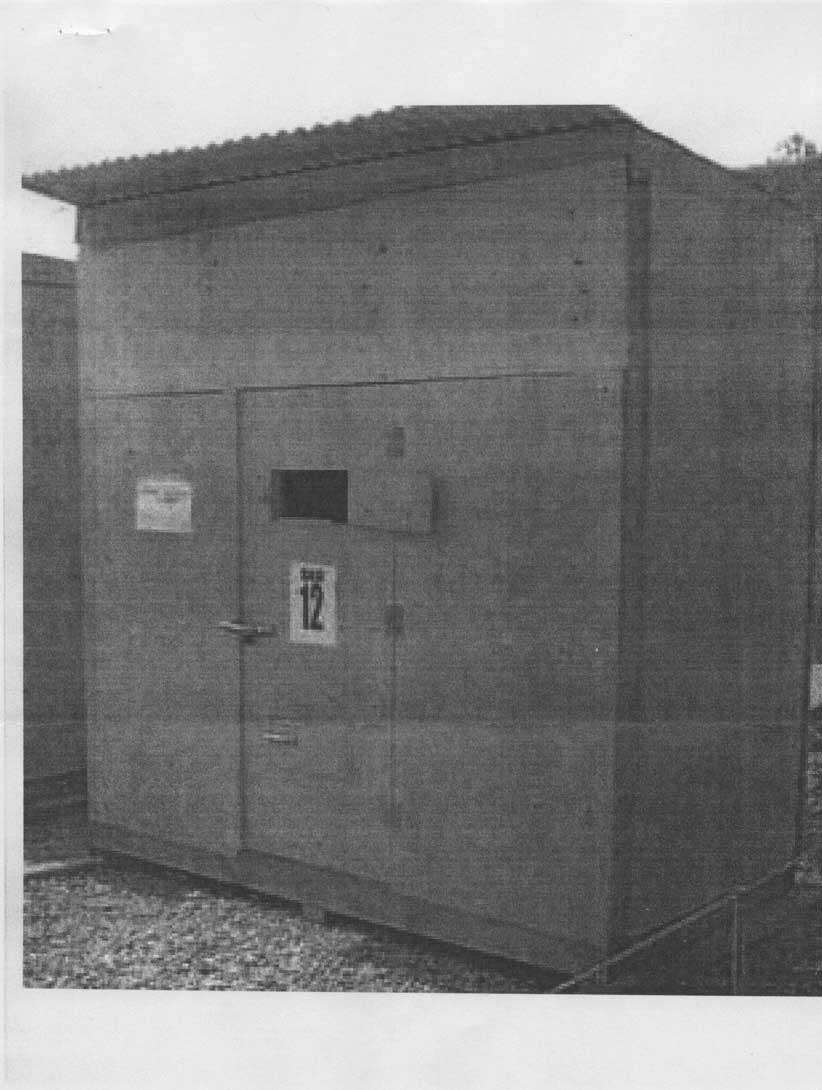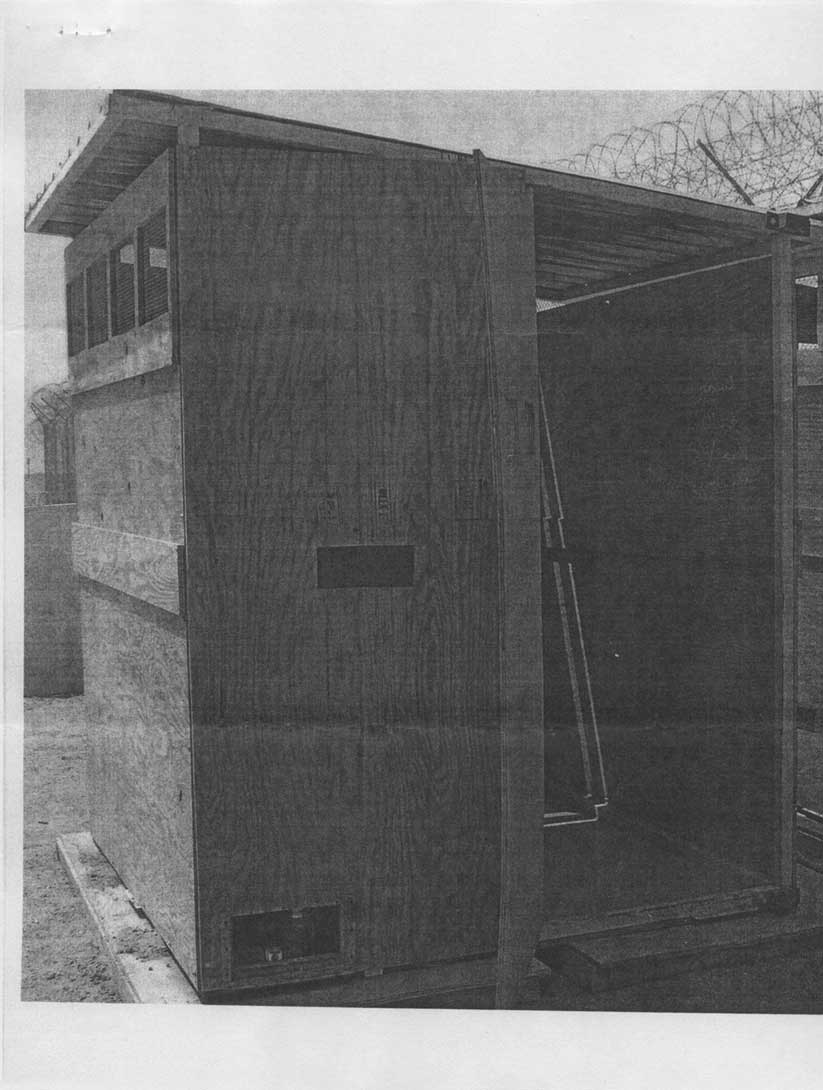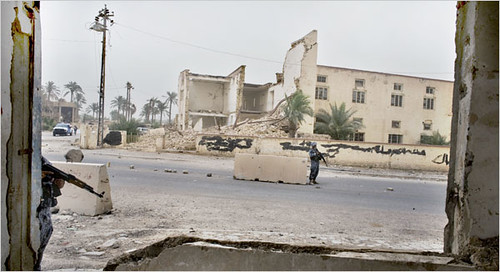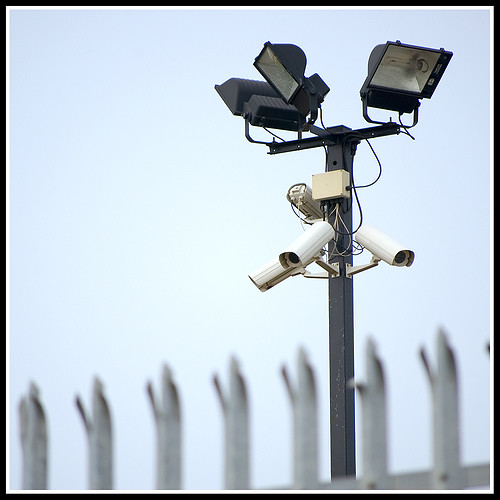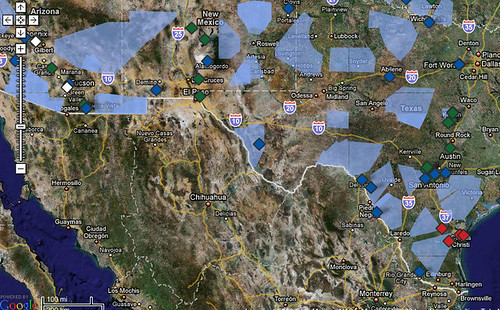Great Wall 6?
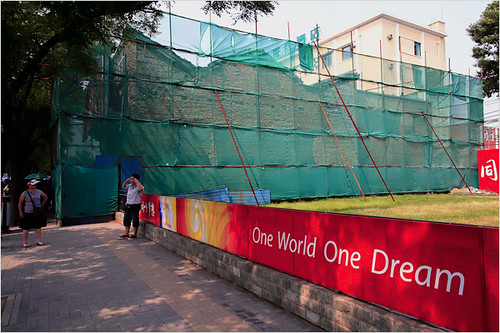
[Image: Beijing, China, via the the New York Times in an article Beijing Hides Dilapidated Buildings. Photo by Doug Kanter, 2008.]
Let me just quickly mention, in what is claimed to be part of an urban beautification plan for the Olympics, Chinese officials in Beijing have taken now to walling off parts of the city that could not be 'razed and remade' in time, and where mostly migrant families and poor communities struggle to survive in a shabby commercial part of town that has so far managed to avoid the claw of redevelopment.
The New York Times writes, “along Beijing’s central axis in neighborhoods that have been gutted to make the city look clean and orderly for the Olympics” veils of green plastic netting and 10-foot tall brick walls have essentially become the black markers for an exercise in urban censorship. If Beijing were a book being written for the Olympics, entire chapters have been selectively inked out. But, come on, this is the least bit surprising.
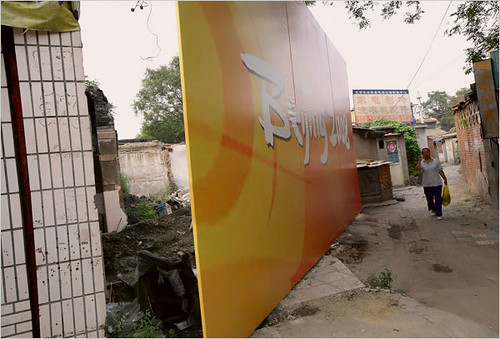
[Image: Beijing, China, via the the New York Times in an article Beijing Hides Dilapidated Buildings. Photo by Doug Kanter, 2008.]
I wrote about an image a couple of weeks ago, of the Chinese military practicing an anti-terror tactic on a small inflatable house for allegedly a hostage rescue exercise. The Olympic security dills are officially known as “Great Wall 5,” but I found the image curious in light of the massive forced evictions that have taken place in order to transform the topology of Beijing for the Olympics.
Now, we read about this new patchwork of walls and makeshift barriers curbing over parts of the city to cover up the “eyesores” and rundown neighborhoods from foreign visitor’s views, and that would somehow detract from the Olympic experience. Whatever, as if China could actually fool the world into thinking it is immune to urban poverty.
But, as the article rightly points out, it’s also preventing the migrants from not only being able to see anything themselves in terms of the fanfare and parade except for the face of perhaps what we may as well call Great Wall 6, but it also appears to be part of a government strategy to starve the area of its commerce in order to force the real estate moguls to cave in to giving up the land for a certain price.
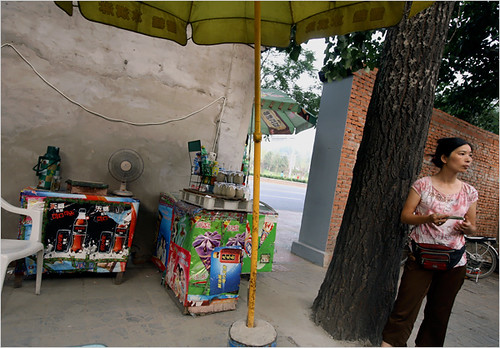
[Image: Beijing, China, via the the New York Times in an article Beijing Hides Dilapidated Buildings. Photo by Doug Kanter, 2008.]
After receiving “a mysterious notice” that appeared beside one shop, that read “In keeping with the government’s request to rectify the Olympic environment, a wall will need to be built around No. 93 South Tianqiao Road,” amidst rains, protests and police escorts, that's just what locals found, and just what the government did.

[Image: Beijing, China, via the the New York Times in an article Beijing Hides Dilapidated Buildings. Photo by Doug Kanter, 2008.]
Obvious questions: how long will the walls last? What will be their eventual impact on the migrant neighborhoods, will it be fatal? What do these walls really have to do with the real estate wars between the government and developers? Will the walls incite uprisings, political violence, during, before, and after the Olympics? What are the human rights implications of walling off poor neighborhoods like this?
Is this just another installation of the greatest show on earth - Fenceland?
Well, regardless, China’s pedigree and reputation as the greatest wall builders through out history will surely get to live on.
[View the New York Times slideshow here. Photos were taken by Doug Kanter.]

